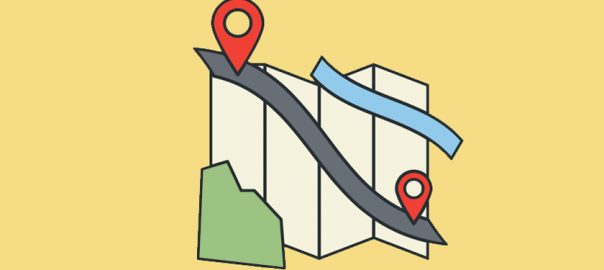
Your sales team is closing deals left and right. Your initial reaction is excitement but then panic begins to creep in. As the head of your company’s Customer Success team, you know that additional clients doesn’t always translate to additional headcount for your department and even when it does it often takes a while to get new hires up to speed. So what do you do in the interim?
First, I would encourage you to take a few deep breaths. This is a very common challenge for any growing company. Then remind yourself that growth is good even when it feels like you are attempting to drink from a firehose. Finally, begin to craft a plan of how to better scale your team’s efforts so that you aren’t doing so on the backs of your Customer Success Managers (CSMs). As a coworker of mine once said, “You can’t scale human will”.
Stay Focused on Goals
As you begin, focus on the current goals of your team. Your company’s customer success journey may be in the earlier stages so you may be focused on more reactive items such as saving at-risk accounts or post churn follow up. If you are a bit farther along in your journey you may be focused on more proactive things like maximizing product adoption or account growth. You can’t boil the ocean in a day so make sure you have priorities well established with your executive team and well socialized with your CSMs.
Know When to Punt
Customer success folks love customers and thrive on delighting them in anyway possible. It’s why they do what they do. Because of this, they often perform functions and tasks that they should punt. For example, during a Quarterly Business Review (QBR) one of your CSMs discovers what appears to be a training issue. The CSM needs to fight the urge to retrain the account himself, even if he is qualified to do so. Instead, he should set up time for your training team to circle back with the customer, allowing the CSM to keep focused on the things he does best and the training team to focus on the things they do best. I can’t stress enough that in its most ideal state customer success is not customer support, so help your CSMs break away from their firefighting tendencies whenever possible.
Document, document, document
Early on most company’s knowledge is transferred from head to head. As you grow this method becomes at best tedious and at worst critical business information is lost along the way. Document to increase efficiency but also to establish consistency across the way CSMs interact with your customers. Sometimes just getting your practices down on paper will help you to identify areas where workflows can be streamlined, more autonomy for your CSMs may make sense, and areas that can be potentially automated are identified.
Document your accounts (interactions, special nuances, goals, timelines) so that as you bring on additional CSMs and accounts need to be shifted around, information isn’t lost during handoffs and customers experience a seamless transition. Documentation is also useful in helping others around the organization, especially sales and product development, to know the status, health, successes, and challenges for each account without needing to clog up your CSMs’ time with needless status meetings and emails.
Bucket If/When It Starts to Make Sense
Depending on the number of accounts per CSM (unfortunately I don’t have a magic formula for this ratio – it is highly dependent on the complexity of your product(s), size of your accounts, and other factors unique to your business – although many suggest $ 2 million in ARR per CSM as a starting point to consider), you likely need to think about bucketing accounts as you grow. If you have 500 clients per CSM (not saying this is a reasonable or appropriate load but one that I have seen), it becomes imperative to group like accounts and decide on how CSMs will interact with each (as it would be impossible to conduct 500 QBRs, for example). Maybe you segment accounts by size or growth potential or strategic influence in a particular area or where they are on their customer journey or some combination of these items and/or other factors relevant to your team’s goals. Once grouped, craft a plan on which bucket/tier requires virtual QBRs in order to thrive, which may require onsite TLC, which you may be able to just send a few automated check-in emails or feedback surveys per year, and so on. In the Customer Success industry it is often taboo to talk about tiering or segmenting your accounts but with limited resources and a growing client base, it is sometimes the only way to ensure your CSMs aren’t totally overworked while your team is still driving towards company goals and objectives.
Business & Finance Articles on Business 2 Community
(30)








